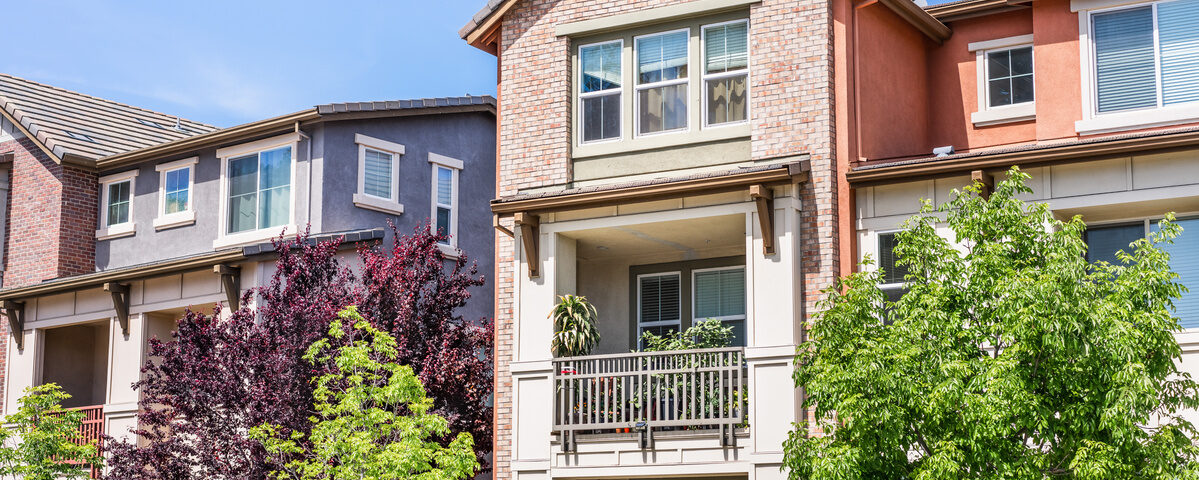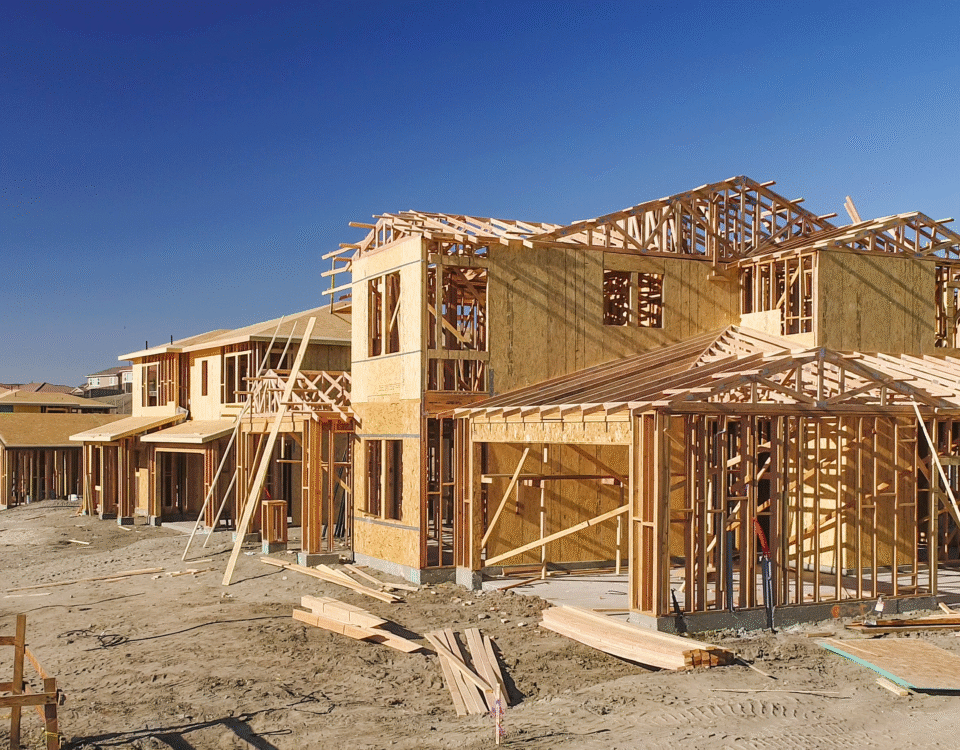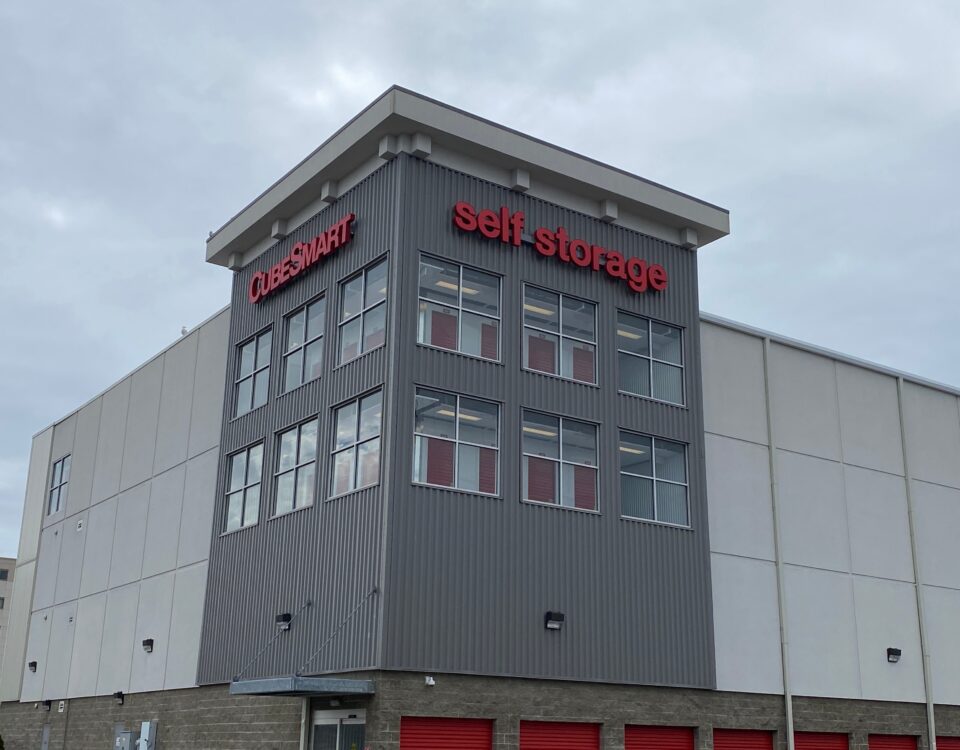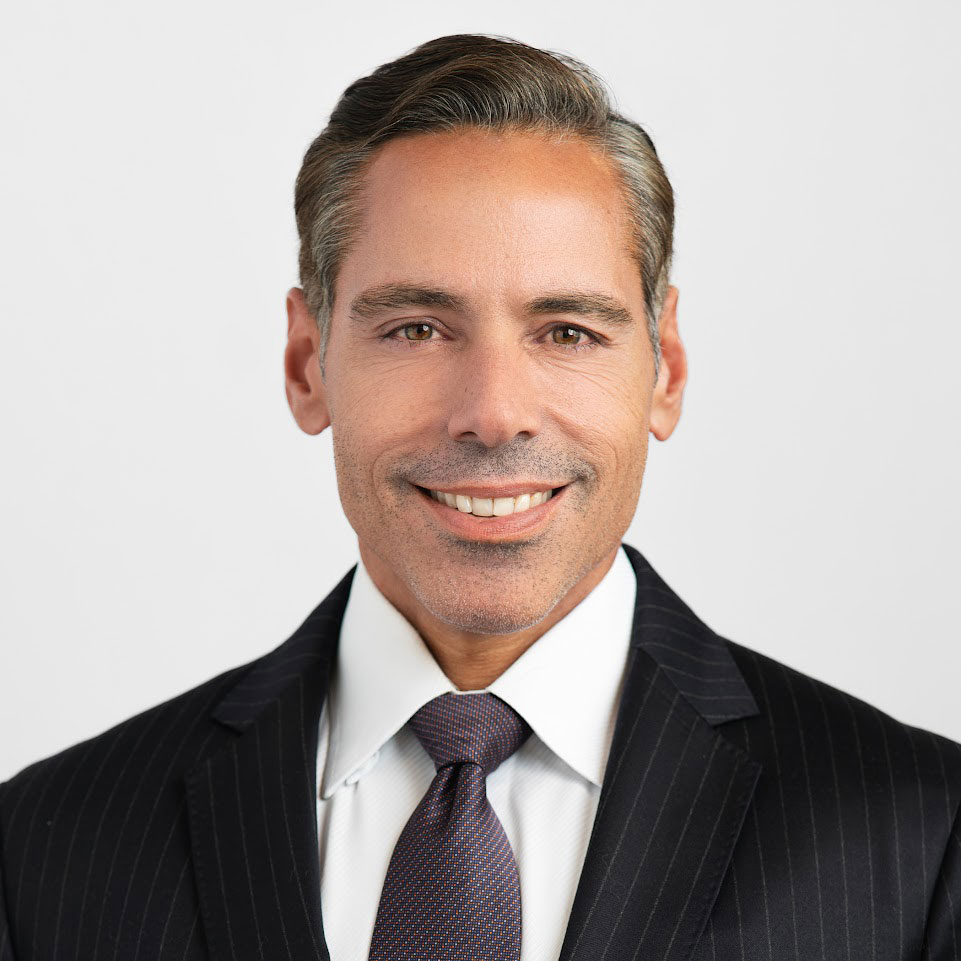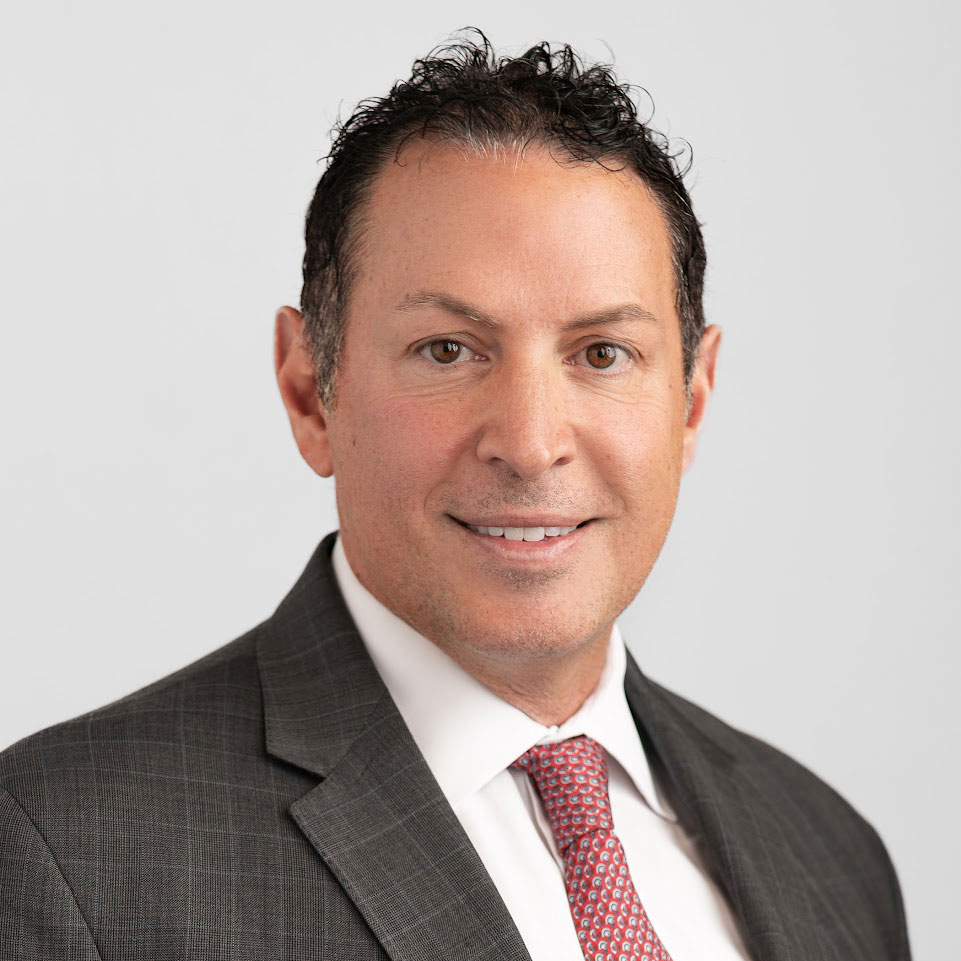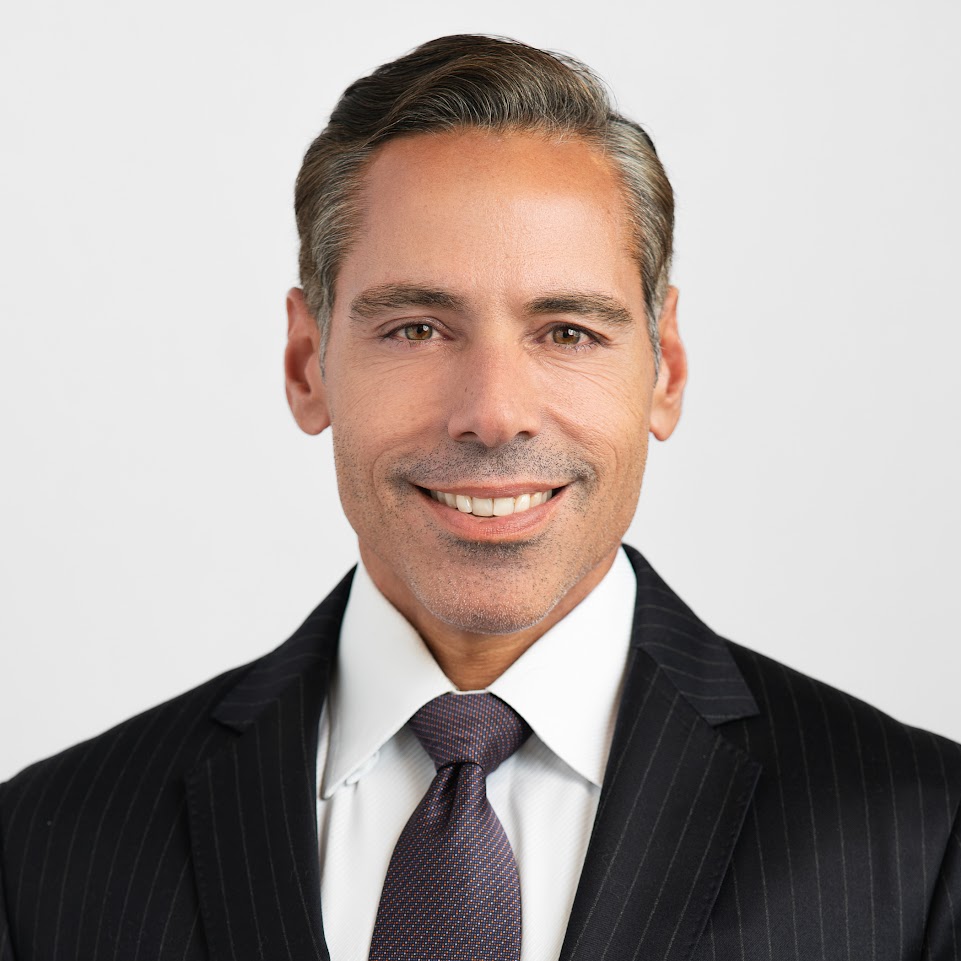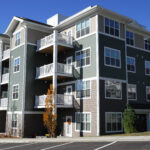
Fairbridge’s Note-on-Note Lending Helps Bridge Lenders Fulfill Loan Requests
April 10, 2024
Ridgefield Park, NJ
May 17, 2024In real estate markets around the country, those who make up the fabric of our communities are being priced out of housing. Teachers, members of the police force, fire department and other government-employed workers; administrative and hourly employees; medical personnel; resort workers; tradespeople; young people starting out in careers – they all earn steady and solid incomes but are finding a dearth of nearby accessibly priced housing.
Whether you call it workforce housing or Class B housing, the pervasive shortage is creating a housing crisis for those who are essential to our communities. To be clear, we’re not talking about what’s classified as affordable housing, which targets low-income residents and includes government subsidies.
Fortunately, there are those in the commercial real estate community who are actively trying to remedy the shortage of workforce housing – and it all starts with financing.
How the shortage started
As demand in attractive localities crept (or rocketed) up, housing stock couldn’t keep pace. Whether that demand was driven by proximity to major metro areas, the appeal of natural beauty, or burgeoning job opportunities, it all resulted in the same phenomena: limited supply drove up prices and drove those unable to afford rents to towns further and further afield. Even in the age of hybrid and remote work, the impact is profound. Most of the occupations listed above require employees to be in-person. Many often face commutes of 60 or 90 minutes or more; some sadly turn down job opportunities.
Building from scratch requires three core inputs: land, materials, and labor. When any or all of these are too high, developers refrain from building because they can’t achieve an acceptable return on their investment. Inflation, as well as the constant wave of natural disasters from hurricanes to wildfires, have raised material and labor prices to unprecedented highs.
To get building moving, one of the core inputs has to adjust. It may mean finding land further out. It may mean using cheaper materials. Rarely is there an acceptable substitute for trained labor.
But, actually, there is another way.
How supply can be increased
Meeting demand doesn’t mean having to start from scratch. It means leveraging the supply of existing stock and rehabbing it. All across the US, there’s an inventory of multifamily properties built during the 50s, 60s, and 70s. These properties are well located, but they’re underutilized because they lack today’s amenities and finishes, or have fallen into disrepair. With rehabbing, these units would be prized by working-class individuals and families.
The cost of rehabbing existing stock is significantly less than starting from scratch. Oftentimes, the required permitting is also much less arduous. And even though the updating of these properties presents attractive opportunities, it’s not uncommon for banks to shy away from providing construction loans.
Instead, bridge lenders are filling the financing gap. With terms of 12 to 18 months, developers can still pay the slightly higher bridge loan rates, because what they gain is immediate access to capital to get projects moving and accelerate their time to income generation.
Why Fairbridge believes in bridge loans for workforce housing
The market demand for workforce housing is big, and more recession-proof than Class A housing. In fact, recent market data shows that rents for luxury apartments in Austin, TX (which had been one of the hottest real estate markets in the country) are declining faster than they are for lower-priced options, which includes workforce housing. As a first mortgage lender with loan-to-value (LTV) in the 40-70% range, Fairbridge is participating in a robust market while also mitigating risk.
Here are just a couple of examples of where Fairbridge has provided bridge loans:
In a town just over 20 miles from a major East Coast city, there’s a sizeable inventory of old housing stock. Fairbridge is financing the acquisition and construction of multi-family Class B housing that is clean, modern, and affordable. In addition, the developer receives 20-30-year tax abatements, which also helps to keep costs down. By providing dozens of bridge loans and hundreds of millions in capital, this location is getting a new life and eager renters are getting attractive residences, while investors in these loans are getting stable and attractive returns.
From the Midwest to the Mid-Atlantic, developers are buying portfolios of single-family homes in the $50,000-250,000 range, rehabbing them, and renting them for $1,000-$2,500 per month. Here again, renters now have an updated, clean home that’s within their budget; communities and local economies are being revitalized; and investors are reaping steady, uncorrelated returns.
Workforce housing, Class B housing – it’s all housing for the people who work hard and want a safe, modern, and convenient place to live, and it’s an opportunity for investment. At Fairbridge, we are always looking for investments that make financial sense, and we’re especially proud when that investment also does social good – so that teachers, nurses, police officers, firefighters, and a plethora of professionals can spend more time doing what they’re trained for, and less time worrying about rental costs and long commutes.
To find out more about our institutional investment approach and our creative financing solutions for multifamily housing, visit fairbridgellc.com.
